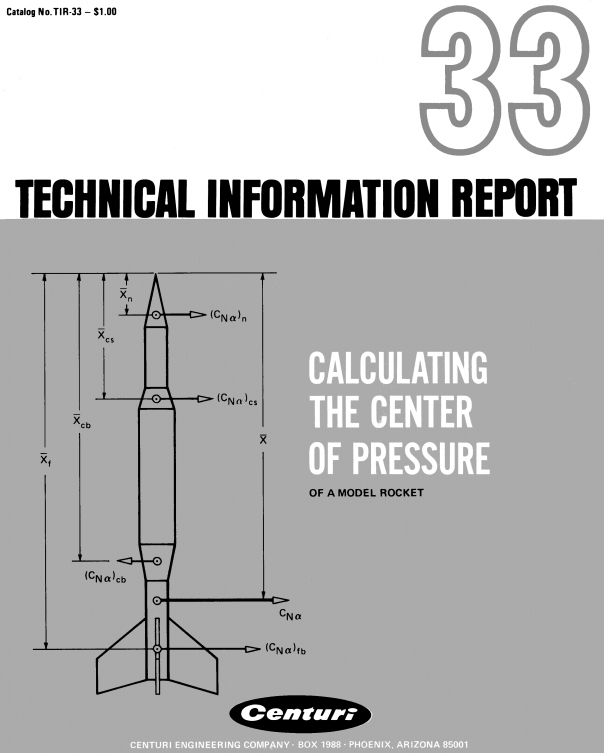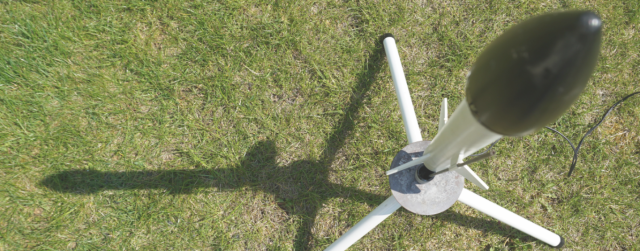A couple of year’s ago I was at a rocket event where we could build our own model rocket. I built quite a fancy design (at least in my opinion) and was really proud – until the moment that I launched it. During flight, a gust of wind hit the rocket and let it veer out of its straight path. Only with luck and an early parachute ejection nothing was damaged – except my pride. How could this happen?
Why is rocket stability so important?
Wind is the important factor here: when it hits your rocket, you want the rocket so that it stays on its course. In order to do this, the position of two force points on your rocket are important: The Center of Gravity (CG) and the Center of Pressure (CG). Their distance decides on the rocket’s reaction to wind. If they are correctly positioned, your rocket is “stable” and reacts mercifully to wind gusts.
The classic way to determine the center of gravity was to put the finished model on a ruler. The balance point is the center of gravity.
The classic way to determine the center of pressure is to draw the outline of the model on cardboard and then balance it on a ruler.
James S. Barrowman - Father of CG prediction
When building a model rocket, you usually rely on model rocket software like SpaceCAD to determine CG, CP and stability.
The algorithms rely on a document from 1967, entitled “The Practical Calculation of the Aerodynamic Characteristics of Slender Finned Vehicles” by James S. Barrowman of the National Aeronautics and Space Administration’s Sounding Rocket Branch – the “Barrowman method”. It describes a simple method to determine center of pressure of a rocket flying subsonically and at small angles of attack very accurately.
Additionally, James S. Barrowmann wrote a more pracitcal “Technical Information Report” from Centuri Engineering
(a well known brand in model rocketry at the time) which was published as TIR-33,
“Calculating the Center of Pressure of a model rocket”.

The stability is given in calibers. A caliber is equivalent to the rocket’s maximum tube diameter. The rocket flies stable if the distance between gravity and pressure point is at least one caliber. If the stability is higher than 5 calibers, the rocket becomes unstable.
You can increase the fin size to move the center of pressure back or increase the weight of the nose cone when the points are not far enough apart.
Today, I always design my rockets in SpaceCAD. CG, CP and stability are always displayed so you know if your rocket flies stable – and now you also know, why stability is such an important factor for model rockets.
Download the original James S. Barrowm report from NASA at (https://ntrs.nasa.gov/archive/nasa/casi.ntrs.nasa.gov/20010047838.pdf
Centuri also described stability in the report TIR-33 that you can download at http://www.spacemodeling.org/jimz/manuals/tir-33.pdf

